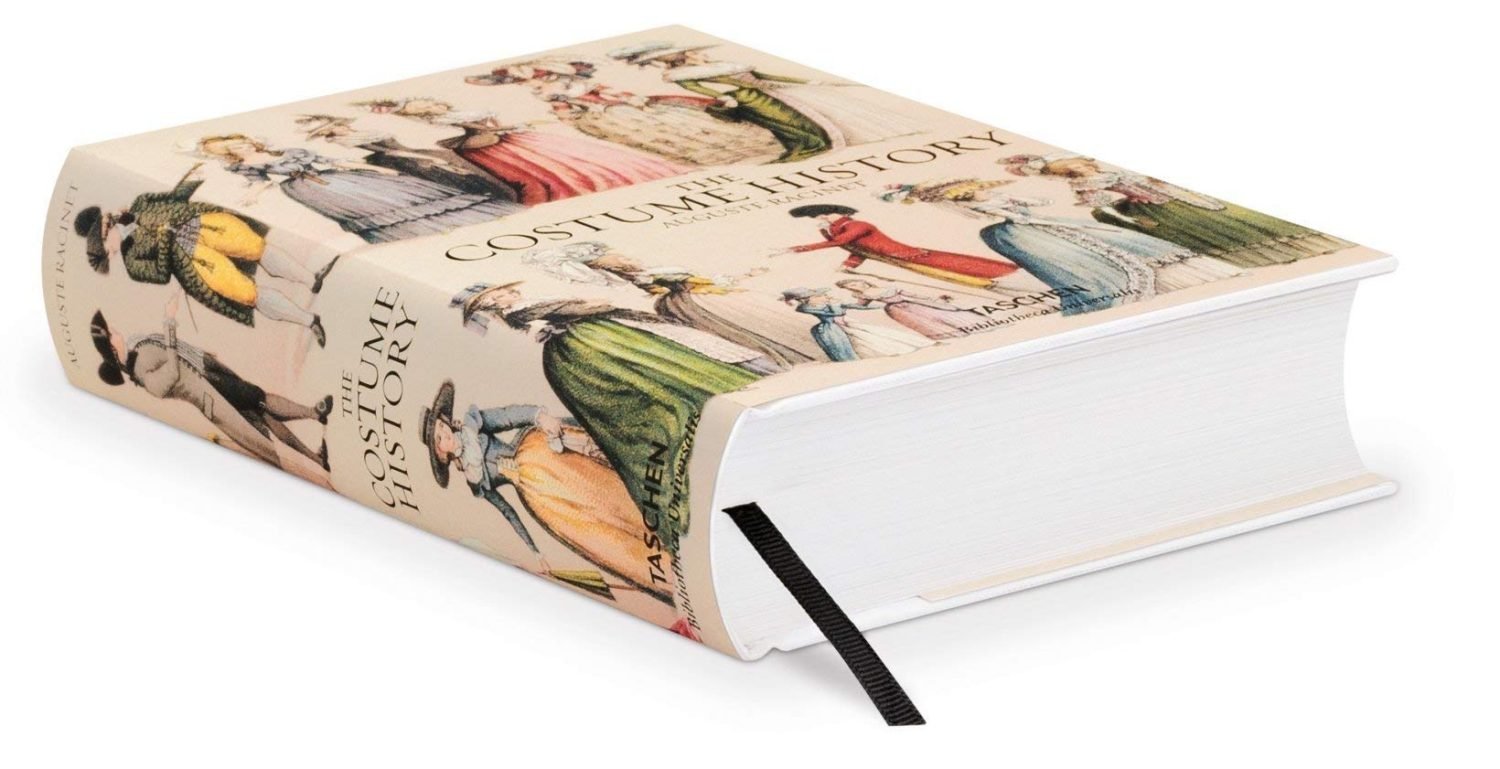Abu Simbel (Egypt), Great Rock Temple (built under Ramses II 1290-1224 BC). Exterior view.
Watercolour, 1838/39, by David Roberts (1796-1864). Engraved by Louis Haghe
Tag: Grand Tour
The Grand Tour, also known as the Cavaliers’ Tour, was the name given to an obligatory journey undertaken since the Renaissance by the sons of the European nobility, later also by the upper middle classes, through Central Europe, Italy, Spain and also to the Holy Land. In England in particular, the Grand Tour found rich literary expression in the 18th century.
Jaffa, ancient Joppa, as the chief harbour of Judaea.
Jaffa, the ancient Joppa, and now called by the Arabs Yafa, rose into early importance, as the chief harbour of Judaea.
View of the Damascus Gate, leading into Jerusalem.
The Damascus Gate or Bab al-Amud, is one of the main gates and the largest city gate of the Old City of Jerusalem.
The Holy Land. Jerusalem from the road leading to Bethany.
View of Jerusalem from a distance. The city is called by the Arabs, El-Kuds (the Holy); and also by Arabian writers, Bek El-Mukaddas (the Sanctuary).
Gibraltar. View on Catalan Bay. Located on the east side of the Rock.
Catalan Bay originated as a fishing village. Located on the east side of the Rock of Gibraltar.
Gibraltar. View from Europa Point with its back to the strait .
Gibraltar. View from Europa Point with its back to the strait at the end of a storm.
View from the craggy cliffs of Gibraltar above Camp Bay.
The view here given is taken from a mortar battery on the craggy cliffs overhanging the south side of Camp Bay
Gibraltar. From the anchorage in front of the old mole.
The town of Gibraltar, the old Moorish castle, and the modern defenses, with the Mole, or Devil’s Tongue Battery.
Gibraltar from the Bay Side, as seen when approached by land.
We have in the annexed view, the appearance of Gibraltar, as seen when approached by land. The rock rises majestically above the water of the Bay
The Rock of Gibraltar seen from the mediterranean shore of the isthmus.
The most characteristic feature of the rock, or rather mountain of Gibraltar, may be seen to the greatest advantage from the eastern shore of the isthmus, which connects it with the mainland of Spain.

Auguste Racinet. The Costume History by Françoise Tétart-Vittu.
Racinet's Costume History is an invaluable reference for students, designers, artists, illustrators, and historians; and a rich source of inspiration for anyone with an interest in clothing and style. Originally published in France between 1876 and 1888, Auguste Racinet’s Le Costume historique was in its day the most wide-ranging and incisive study of clothing ever attempted.
Covering the world history of costume, dress, and style from antiquity through to the end of the 19th century, the six volume work remains completely unique in its scope and detail. “Some books just scream out to be bought; this is one of them.” ― Vogue.com











